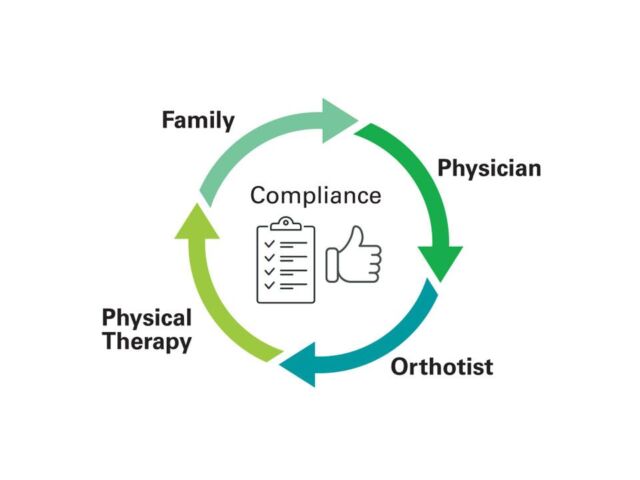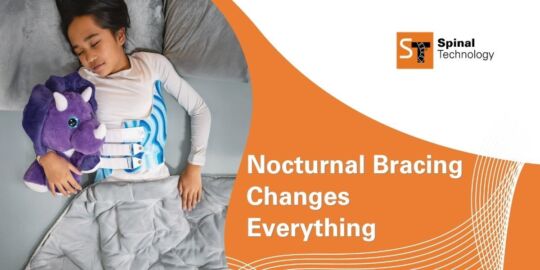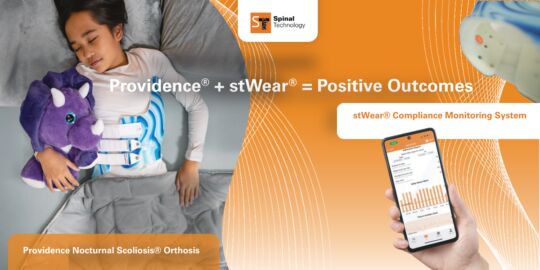Why is Brace Compliance so Important?
“As with other medical treatments, success depends upon treatment actually being performed. In the case of bracing for adolescent idiopathic scoliosis, it is often incorrectly assumed that brace patients are compliant with their treatment.” - ADVANCES IN SCOLIOSIS BRACE TREATMENT, William J. Shaughnessy, MD, Orthop Clin N Am 38 (2007) 469–475
The first question many parents have is "Will bracing work?" If your child's physician has prescribed a scoliosis brace, then the symptoms of scoliosis are in the moderate range. There are different types of brace, and each one is designed for specific needs of each patient. Each one of our scoliosis braces are custom designed to fit the patient's individual size, shape and curve.
Your practitioner will prescribe the number of hours that you are required to wear the brace to be the most effective. We recognize that there is an adjustment period, and that for many adolescents wearing a brace is a major disruption to their daily lives. These children are already navigating through new physical, emotional and social challenges particularly in school. So it is widely understood by orthotists who specialize in Adolescent Idiopathic Scoliosis that this is a big ask of teenagers. However, both parents and practitioners have the child's best interest at heart and we all want the treatment to be successful. For any care plan to be effective, a patient must adhere to the dosing and scheduling of the prescribed treatment. This is by far the biggest challenge to bracing for Adolescent Idiopathic Scoliosis.
While it is not always possible to create or control an ideal environment, it is greatly important to maintain a strong emphasis on good compliance with every encounter.

The Successful Path To Compliance
The most successful compliance is achieved by the presence of a strong support system that includes family, physician, orthotist, and physical therapist working together.
Regardless of which type of brace you are wearing, it is important to talk to your orthotist and be honest about what your actual wear time is so that they can continue to help with your treatment. If the brace doesn't fit comfortably or if you have been cleared to continue playing sports, these will be factors in the overall success of stopping your curve's progression.
The goal for any patient who is prescribed a scoliosis brace is to stop the progression of the spine's curvature. There is a short window of time between detecting scoliosis and when the patient stops growing. For scoliosis bracing to "work" the brace has to be worn while the child continues to grow. The brace will train the spine to grow straight. If you are not compliant with your protocol and you don't wear your brace, then your spine will continue to grow with a curve, that can sometimes worsen over time. Once the curve degree grows greater than 40 degrees, bracing is no longer a treatment option.


